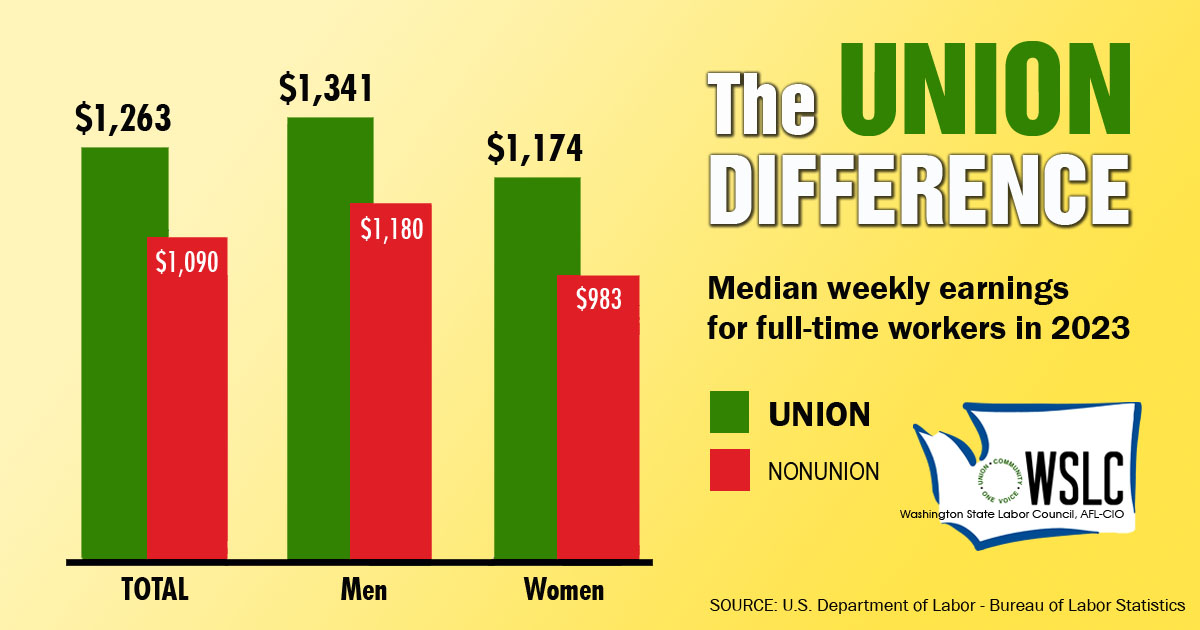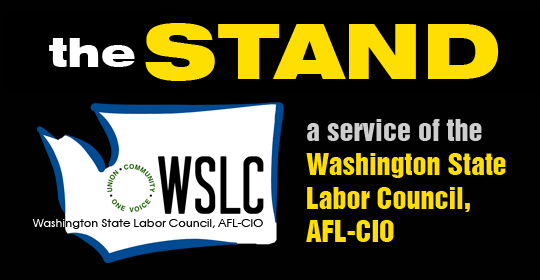STATE GOVERNMENT
Super-majority of voters support state’s plan to restore overtime
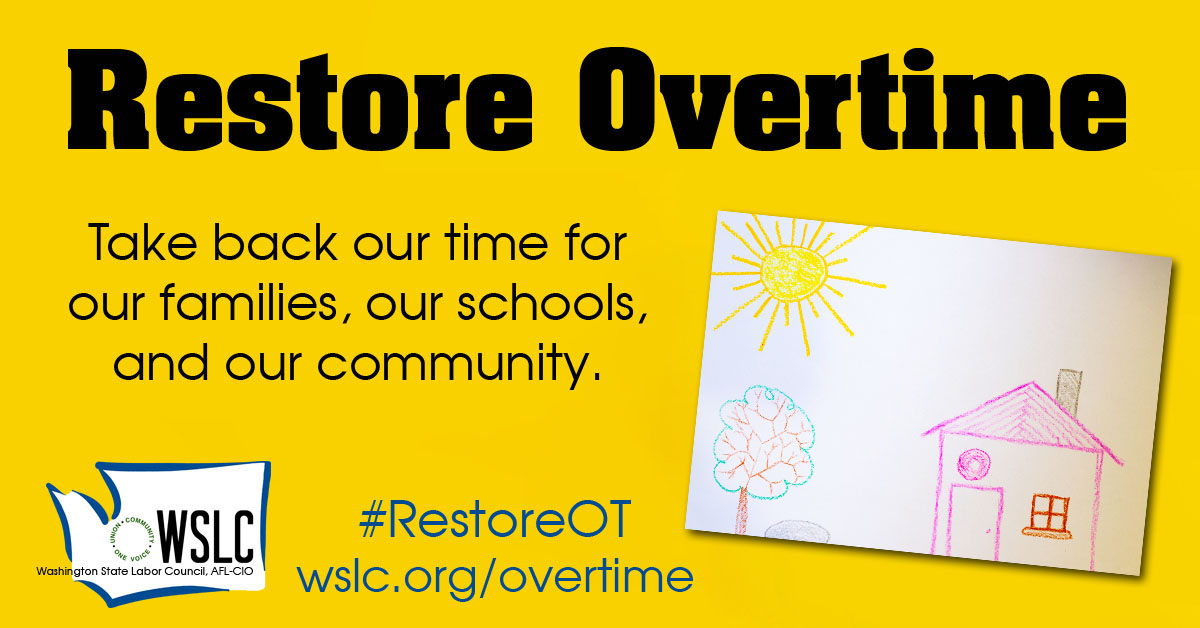 (Aug. 2, 2019) — As public hearings are set to continue on the state Department of Labor and Industries’ proposal to restore overtime pay protections, newly-released polling shows that a super-majority of the state’s voters support the plan.
(Aug. 2, 2019) — As public hearings are set to continue on the state Department of Labor and Industries’ proposal to restore overtime pay protections, newly-released polling shows that a super-majority of the state’s voters support the plan.
According to the poll, conducted by Patinkin Research Strategies, 67 percent of likely 2020 voters support the plan to restore overtime protections to more than 250,000 of Washington’s salaried workers by restoring the threshold to 2.5 times the state minimum wage. That two-thirds approval is universal across every Washington media market, indicating strong statewide, bipartisan support. In fact, 75 percent of independents support the proposal, as well as 45 percent of Republicans, with about 1-in-5 Republicans undecided.
That support was mirrored last week in the first three of seven planned L&I public forums across the state, with the total number of people testifying in support outnumbering opponents almost 2-to-1. These public forums continue in August at the following locations:
Here is the full hearing schedule: (Check L&I’s Overtime Rulemaking web page for more details.)
- ELLENSBURG — Monday, Aug. 5 at 9 a.m. at Hal Holmes Community Center, 201 Ruby St
- KENNEWICK — Tuesday, Aug. 6 at 9 a.m. at Springhill Suites by Marriot Kennewick Tri-Cities, 7048 W Grandridge Blvd
- SPOKANE — Wednesday, Aug. 7 at 9 a.m. at CenterPlace Regional Event Center, 2426 N Discovery Pl
- VANCOUVER — Thursday, Aug. 15 at 9 a.m. at the Clark College Columbia Tech Center (event rooms 144 & 146), 18700 S.E. Mill Plain Blvd
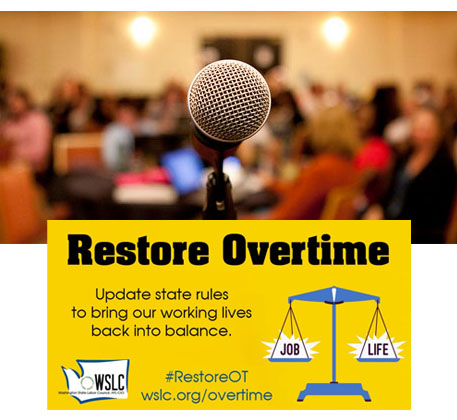 TAKE A STAND — Please attend and speak in support of restoring overtime pay. Sign in at the hearing, which begins with a review of the proposal by L&I and then proceeds to public comment. It is not interactive. Commenters will not be asked questions; they can simply make a statement on the proposal. Also, comments may also be submitted online via this web form, or in writing and mailed to: Employment Standards Program, P.O. Box 44510, Olympia, WA 98504-4510.
TAKE A STAND — Please attend and speak in support of restoring overtime pay. Sign in at the hearing, which begins with a review of the proposal by L&I and then proceeds to public comment. It is not interactive. Commenters will not be asked questions; they can simply make a statement on the proposal. Also, comments may also be submitted online via this web form, or in writing and mailed to: Employment Standards Program, P.O. Box 44510, Olympia, WA 98504-4510.
BACKGROUND — Salaried employees, who are denied time-and-a-half pay for work beyond 40 hours per week, are supposed to be higher-paid managers and executives. That’s why the rules establish an an overtime salary threshold, below which salaried workers in the state must be eligible for overtime pay. That way workers who make less than that threshold can’t be forced to work 60 or more hours a week, but get paid nothing for their overtime work.
The rules for overtime pay have not been updated for more than 40 years and are significantly out of date.
The current overtime salary threshold, last updated and adjusted for inflation in 1976, is $23,660 per year. That’s less than what a full-time minimum wage worker in Washington earns today. So anyone who earns more than $23,660 — which is everyone who works full time — can be declared an “exempt” salaried employees and forced to work additional hours beyond 40 per week for free. In the decades that the salary threshold has been frozen in Washington state and across the nation, the percentage of salaried American workers eligible for overtime pay has gone from more than 60% in the 1970s to less than 7% today. That’s why several states, including Alaska, California, Oregon and several others, have higher overtime salary thresholds than the federal level.
Now, Washington state is poised to update its state laws and restore overtime pay.
L&I has proposed to gradually increase the overtime salary threshold to 2.5 times the state minimum wage by 2026. That would mean anyone making less than about $80,000 per year seven years from now, or about $70,000 in today’s dollars, would get time-and-a-half pay beyond 40 hours per week.
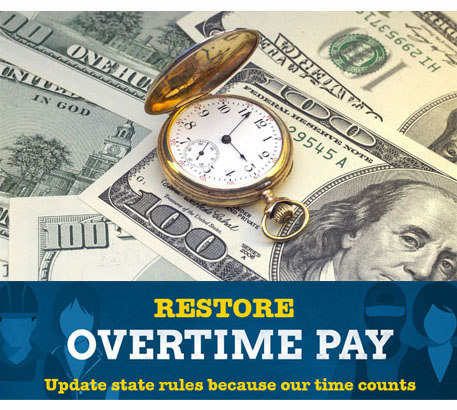 “As working families struggle to pay the bills, they have been working longer and longer hours, sometimes for free because of our outdated overtime pay rules,” said Larry Brown, President of the Washington State Labor Council, AFL-CIO. “This update is badly needed so companies can’t exempt so many workers from the 40-hour workweek. It will mean extra pay for some, but importantly, it will help many people in Washington get their time back, too.”
“As working families struggle to pay the bills, they have been working longer and longer hours, sometimes for free because of our outdated overtime pay rules,” said Larry Brown, President of the Washington State Labor Council, AFL-CIO. “This update is badly needed so companies can’t exempt so many workers from the 40-hour workweek. It will mean extra pay for some, but importantly, it will help many people in Washington get their time back, too.”
Brown added that L&I’s proposed rule will help restore some balance to the working lives of thousands of Washington families.
“When your workweek never ends, your life becomes a constant scramble, and it’s almost impossible to maintain your health, care for your family, and make some time for yourself,” Brown said. “But when an employer has to pay more for extra work hours, it means more parents have more time for their children, more neighbors have time for their communities, and more people have time to pursue their passions.”
For more than a year, L&I has engaged workers, employers, and unions in developing this proposal. Several public meetings were held to share data, seek input, and review drafts of the possible policy approaches. In June 2019, the Department issued its formal rule proposal. Now, during July and August, L&I is holding these public hearings for anyone to make comments if they are interested. Comments may also be submitted online via this web form, or in writing and mailed to: Employment Standards Program, P.O. Box 44510, Olympia, WA 98504-4510.
If you need more information or details about the proposal to prepare your comments at the hearing, contact David Groves at the Washington State Labor Council, AFL-CIO.




